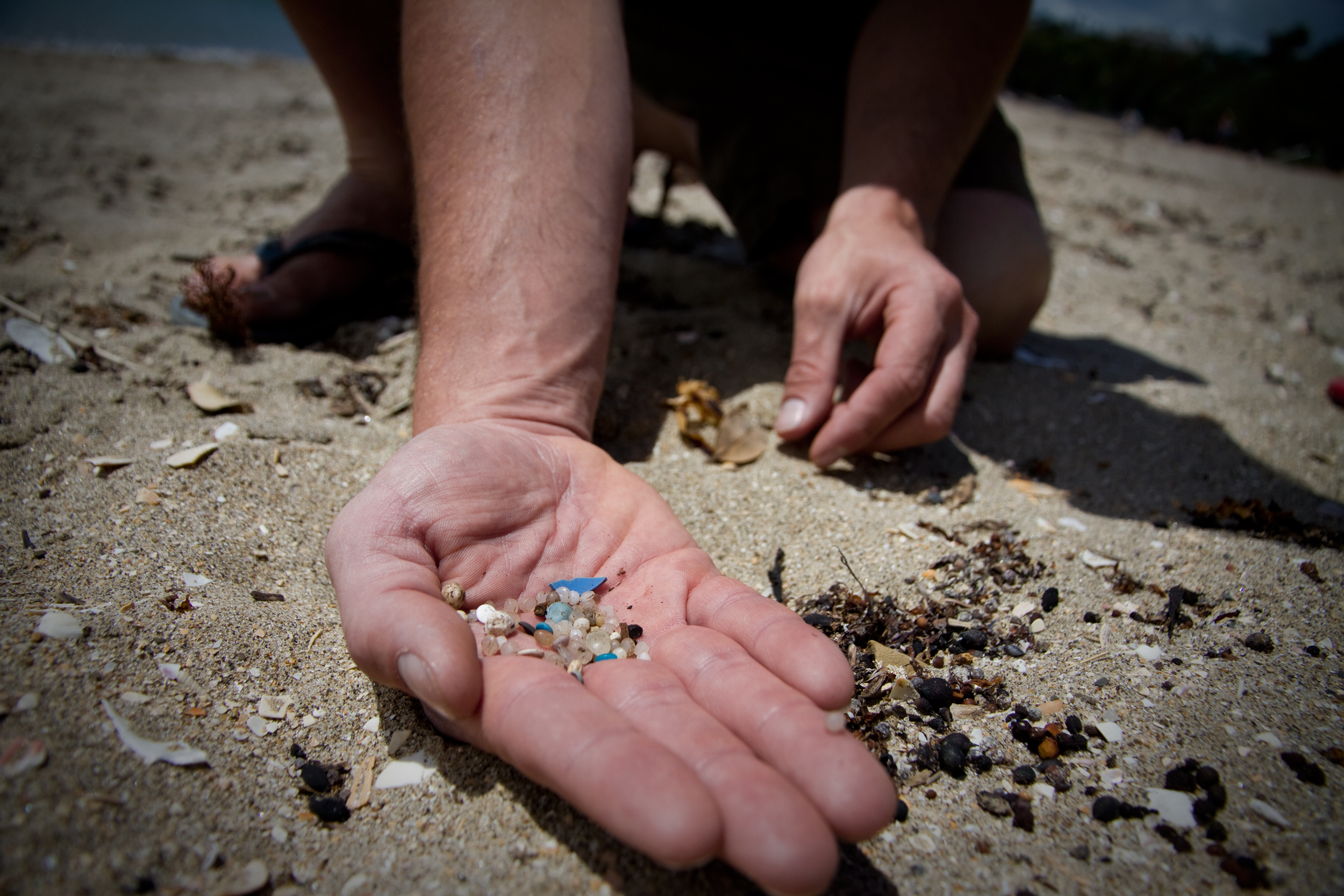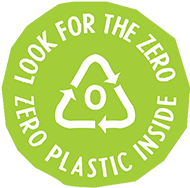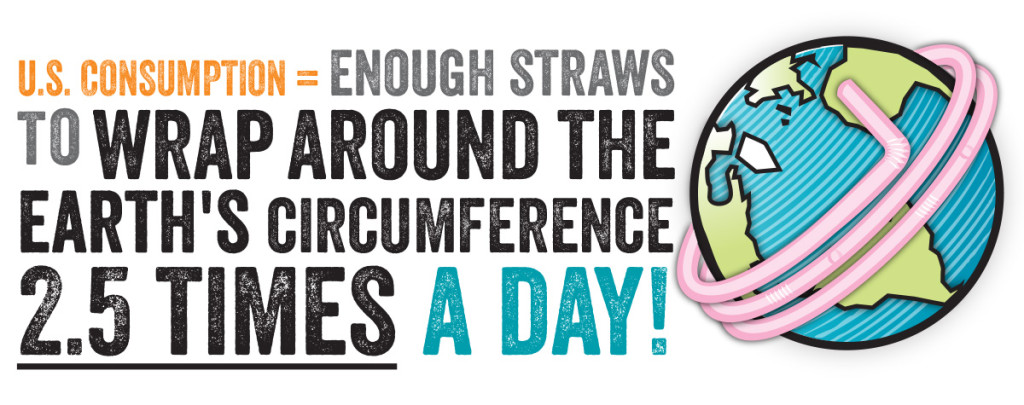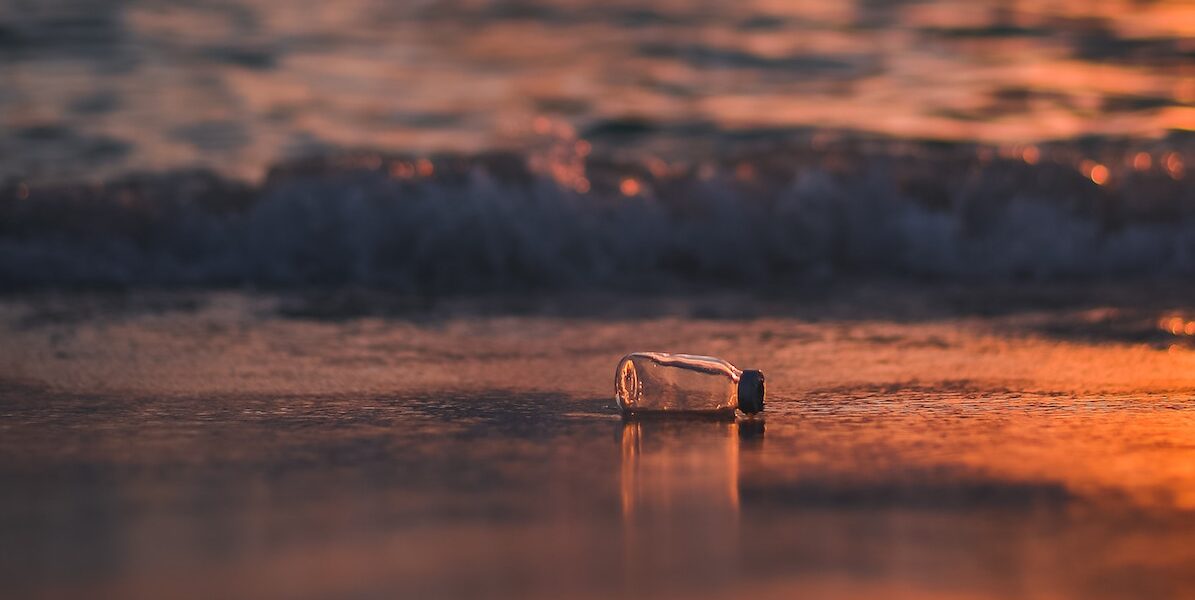Our 2016 Ocean Resolution #1:
Let’s Stop Adding to the Problem
 The year 2015 brought some victories for the future of our relationship with the ocean. Now we look to 2016 as the moment when we all begin to move past those press releases and into concrete action. We can call them our New Year’s Resolutions for the Ocean.
The year 2015 brought some victories for the future of our relationship with the ocean. Now we look to 2016 as the moment when we all begin to move past those press releases and into concrete action. We can call them our New Year’s Resolutions for the Ocean.

When it comes to marine debris, we cannot move fast enough, but we must try. Thanks to the hard work of a number of groups including the Plastic Pollution Coalition, 5 Gyres, and Surfrider Foundation, the United States House and Senate have each passed legislation banning the sale of products that contain microbeads. Many companies, such as L’Oreal, Johnson & Johnson, and Procter & Gamble, had already announced the phase out of microbeads in their product lines, and so in some ways, this legislation just makes it formal.
“What is a microbead?” You might ask. “And what’s the difference between microbeads and microplastics?” Microbeads first.

Microbeads are small pieces of plastic that are used as skin exfoliates in a variety of skin and hair care products. Once they are rinsed off, they float down the drain, are too small to be filtered, and as a result wash out into waterways and ultimately into lakes and the ocean. There, they soak up toxins and if fish or shellfish eat them, they allow those toxins to be absorbed into the fish and shellfish, and ultimately to animals and humans who prey on those fish. In addition, the plastics can accumulate in aquatic animals’ stomachs, making it hard for them to get the nutrients they need. The international “Beat the Microbead” campaign has gathered 79 organizations in 35 countries to work towards formal bans on products creating rinse off microbeads. The campaign has developed an app to help you choose products that are microbead free.
And microplastics? Microplastics is the catch-all term for pieces of plastic under 5 mm in diameter. Although the term is relatively recent, the presence of tiny plastic particles throughout the ocean has been known for some time. There are four primary sources of those microplastics—1) microbeads found in personal and cleaning products as noted above; 2) the deterioration of bigger pieces of plastic debris, generally from land-based sources; 3) accidental spills of pellets and other materials used to make plastic products from a ship or a factory into a waterway; and 4) from sewage sludge and other waste overflows.

We are all learning that there is already huge amounts of plastic in the ocean and the problem is more ubiquitous than we ever realized. On some levels, it is an overwhelming problem. We have to begin somewhere—and the first place is prevention.
A microbead ban is a good start—and we urge you to ban them from your household now. So is moving away from single use plastics, such as plastic straws or silverware. One campaign, The Last Plastic Straw, suggests you ask your favorite restaurants to provide drinks without straws unless asked, provide biodegradable straws, or give them up all together. Cities such as Miami Beach have done just that.
Finally, support efforts to improve waste management in your community so that plastics do not wind up in our shared waterways. The recent horrific flooding and severe weather in South America, central USA, the UK, and central Europe have meant tragic loss of life, displacement of communities, and harm to historic and economic sites. And, sadly, part of the continuing cost will be the debris that washes into waterways, including thousands of plastic bottles. As weather patterns shift and change, and flood events become more frequent, the goal is to ensure our flood defenses are also a tool in keeping plastic out of our waterways.
Image 1: Joe Dowling, Sustainable Coastlines/Marine Photobank
Image 2: Dieter Tracey/Marine Photobank
Image 3: Courtesy of Beat the Microbead
Image 4: Courtesy of The Last Plastic Straw







